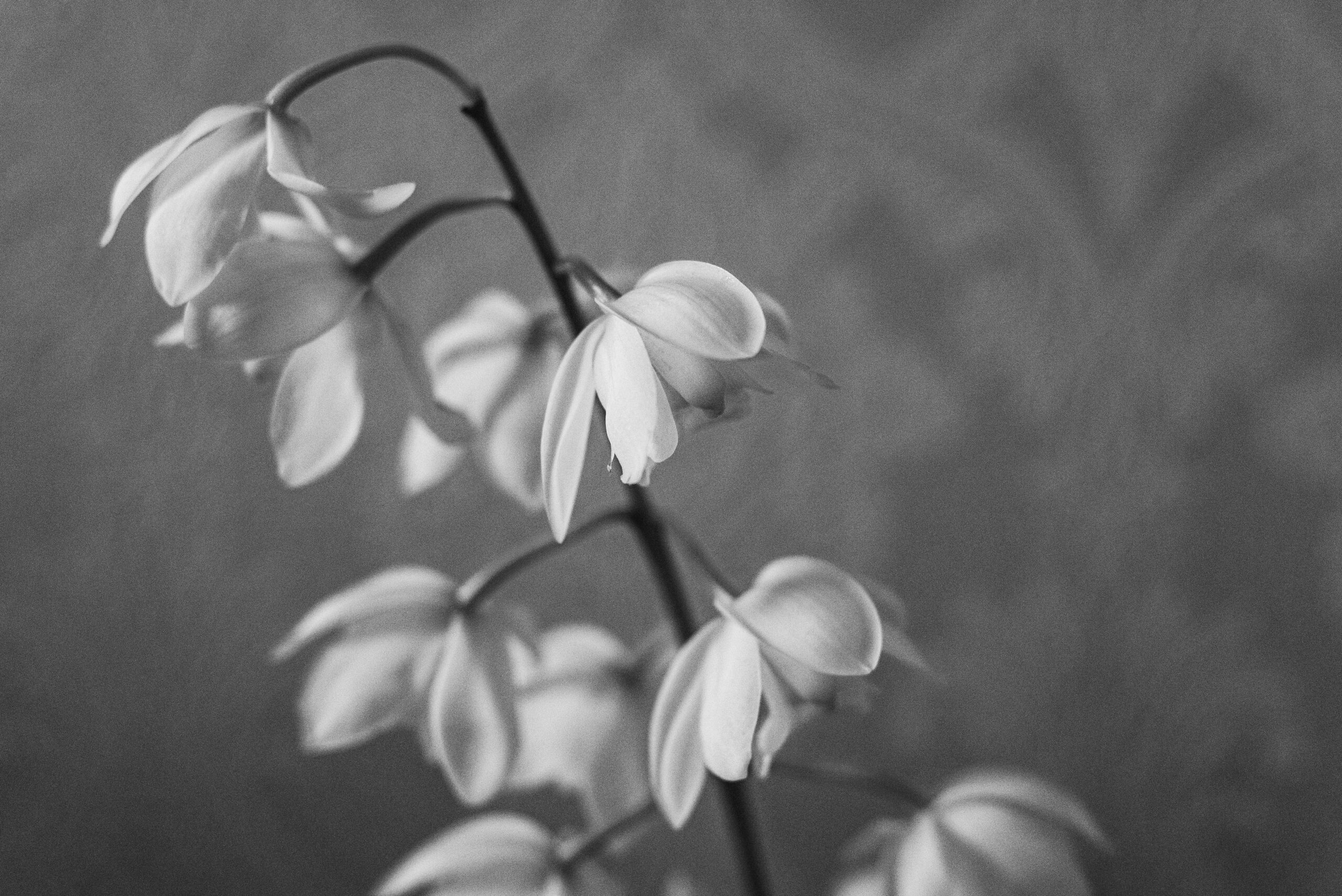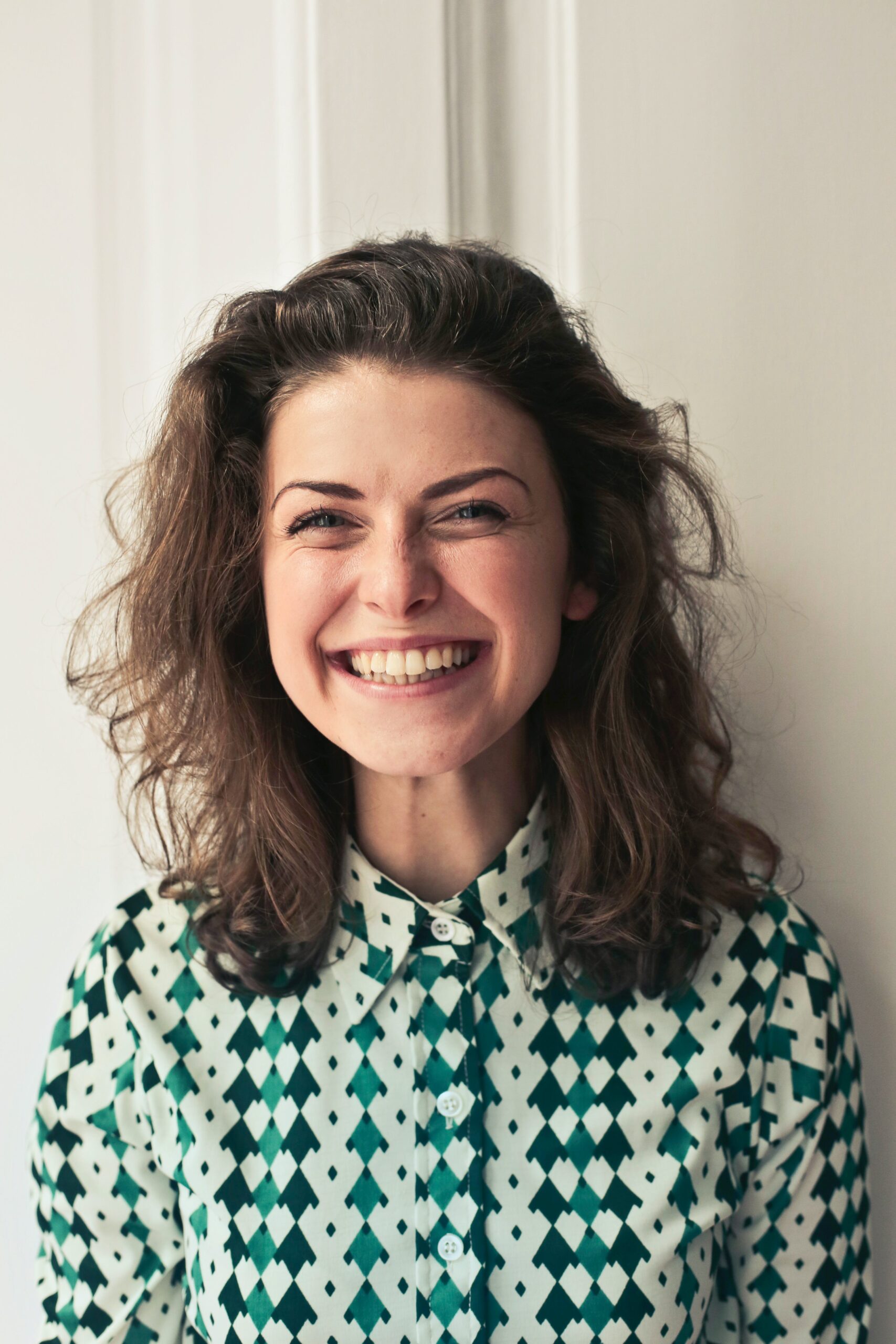I lost one of my dear friends to suicide in 2010. Her sudden death came as a shock to those who were close to her. I was left with many unanswered questions and mixed emotions dealing with the loss. It wasn’t until I learnt about disenfranchised grief (DG) a few years later that I realized that the mixed emotions I experienced were traits of DG as a suicide.
This really hit home when I lost a few clients from a series of drug overdoses over the course of two years while working as an art psychotherapist in an in-patient facility for clients with concurrent disorders in Vancouver, BC, Canada. I remember the first time it happened, I held back my tears as I was at work and only felt safe to release them when I was driving home on that day. Continuing to hide my grief, I attended the memorial service for each of the clients with much discomfort. I also watched my colleagues grieve in silence like I did.
I have supported many clients who have experienced DG in my work as a psychotherapist. I have learnt from all these experiences that we don’t just grieve for people who have died; we may also grieve for people who are still alive or experiences that we have lost.
What is Disenfranchised Grief?
Dr. Ken Doka defined disenfranchised grief as grief that is not socially acknowledged, recognized or supported (Doka, 1999). It is also known as the silent grief, as the griever, like in my case with my friend and my clients, it was not publicly acknowledged and supported due to the shame and stigma attached.
How Disenfranchised Grief Can Manifest
Grievers may experience symptoms such as:
- Feeling intense sadness
- Anxiety
- Denial
- Anger
- Numbness
- Somatic (physical pain and tension)
Common Examples of Disenfranchised Grief
- Non-death losses: Divorce, breakups, health diagnoses, job loss, migration, or trauma from the COVID-19 pandemic.
- Stigmatized or hidden relationships: Secret partners or extramarital affairs.
- Not being seen as a “griever”: Such as a co-worker or distant relative.
- Loss surrounded by stigma: Suicide, overdose, abortion, or addiction.
- Grief that doesn’t fit social norms: Either due to cultural grieving practices or the absence/excess of an emotional response.
How Unhealed Grief from Disenfranchised Grief Can Look Like:
- Guilt
- Anger
- Feeling numb
- Shame
- Fear of the future
- Denial
- Oversensitivity
Why We Need to Talk About It
This National Grief Awareness Day (August 30), I want to spotlight DG because it’s more common than we think. More and more, I see clients who are grieving losses that go unseen—such as the end of a friendship, the decline of a beloved pet’s health, or surviving an affair. They often feel pressure to suppress their grief, or “move on” quickly to rejoin the demands of life.
We must begin validating these losses. Grief doesn’t need public permission to be real.
Healing Through Art
There are many interventions available to support clients in the grief process. One of the most widely used interventions in grief work is art therapy for its nonverbal creative process and sensory experiences. I have supported many of my clients who seek DG counselling using art therapy intervention as a safe medium to explore feelings associated with the grief and loss as well as the stigma and shame.
Final Thoughts
Last but not least, supporting clients with DG is similar to supporting clients who have experienced grief and loss. Know that the grief process is not linear and that the grief journey has its peaks and valleys. It can affect someone physically, emotionally, spiritually, behaviourally and cognitively. It can also challenge a person’s belief system. However with disenfranchised grief, it is important to acknowledge that the grief is still valid even if it is not publicly recognized.
—————————–
Written by Veralyn C, Psychotherapist
If you’re experiencing disenfranchised grief and need a safe space to process it, consider booking a session with Veralyn. You don’t have to go through it alone.















